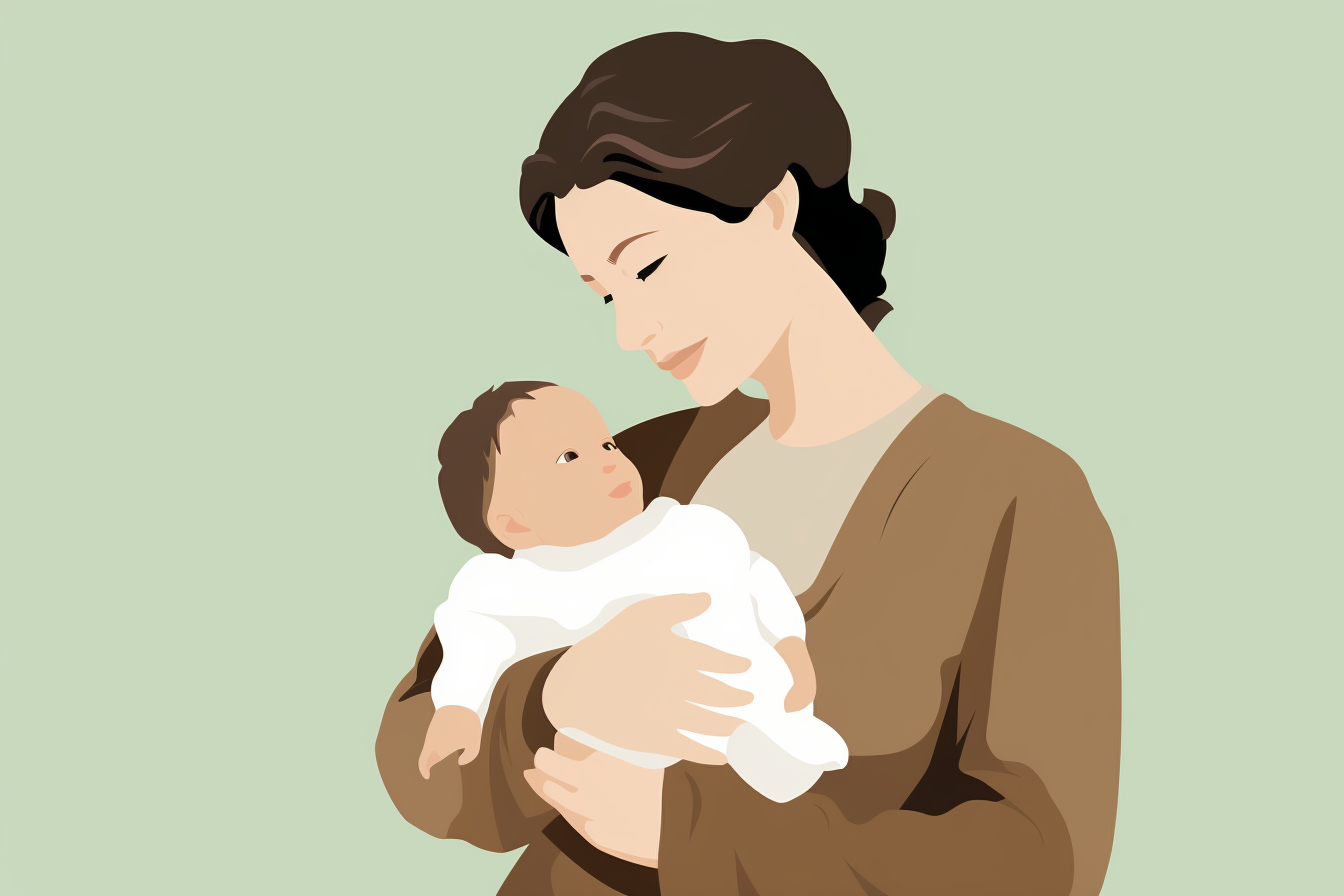
Body + Mind is reader-supported. We may earn an affiliate commission when you buy through some of the links on our site.
Postpartum depression or PPD, is a type of depression that some people experience after giving birth. It can cause feelings of sadness, anxiety and exhaustion, impacting their ability to care for themselves and their baby.
It can seriously impact your emotional well-being, relationships and the baby’s overall health. Early recognition and support are essential for effective management.
PPD is quite common, affecting around 1 in 7 women, which is 15%. Prevention strategies for postpartum depression are essential. Early identification of risk factors, support during pregnancy and raising mental health awareness can make a significant difference.
Signs and symptoms of PPD include persistent feelings of sadness, anxiety and emptiness, along with changes in appetite and sleep patterns. Other indicators include a lack of interest or joy in activities, difficulty bonding with the baby and severe cases and thoughts of self-harm or harming the baby.
Recognizing these signs is crucial for early intervention and support. If you or someone you know is experiencing these symptoms, seeking help from health care professionals is essential for effective management and recovery.
“Baby blues” and postpartum depression differ in their timing, intensity and impact. Baby blues typically surface in the first two weeks after childbirth, causing mild mood wings and occasional sadness but they usually fade without specific treatment.
On the other hand, PPD extends beyond the initial weeks, often emerging within the first few months and involves more intense and persistent feelings of sadness, anxiety and challenges in daily life.
Baby blues are common and temporary, affecting 8 in 10 new mothers. PPD is more severe, impacting about 1 in 8 women and requiring intervention such as therapy or medication for improvement.
Several factors can increase the risk of PPD. Recognizing these risk factors is essential for proactive prevention and effective management of postpartum depression:
Postpartum depression doesn’t just impact the mother—it also affects the baby’s development. Understanding these effects is crucial for providing timely support:
PPD doesn’t just impact the mother. It ripples through different aspects of her life. PPD can make everyday tasks difficult, affecting how a mother manages her routine and overall quality of life.
Postpartum depression might also strain the emotional connection between a mother and her baby, potentially influencing their emotional growth. Early support is essential to maintain this vital relationship.
If left untreated, PPD raises the risk of persistent depression and anxiety disorders. Seeking help promptly is crucial to prevent long-term mental health issues and ensure the well-being of the mother.
PPD depression not only affects the well-being of mothers but also has potential consequences for their babies. It can affect a baby’s development, leading to delays in reaching milestones and an increased likelihood of behavioral issues as they grow.
Babies of mothers with PPD may experience challenges in forming a strong emotional bond, impacting their sense of security and trust. It may elevate the risk of cognitive and emotional difficulties for the baby, potentially affecting their overall well-being.
During pregnancy, depression is experienced by 23% of women which is why early intervention is vital. This mitigates risks and creates a healthier environment for the child’s development and the mother’s overall well-being. Here are ways to prevent PPD:
Talk to professionals who offer psychological therapies like cognitive-behavioral therapy or interpersonal therapy. Consult your health care provider about medications like antidepressants that can help manage it.
Connect with support groups and counseling services to share experiences and receive guidance. If you need assistance, know where to find resources. Local mental health clinics and support hotlines are good starting points.
Explore organizations like Postpartum Support International (PSI) and the National Alliance on Mental Illness (NAMI) for expertise in postpartum mental health.
Knowing about postpartum depression is important for pregnant and new moms. Addressing PPD helps create a supportive environment for you and the baby during this important time.
Updated on February 23, 2024
Your email address will only be used to send you our newsletter, and at any time you may unsubscribe. For more information, see our Privacy Policy.